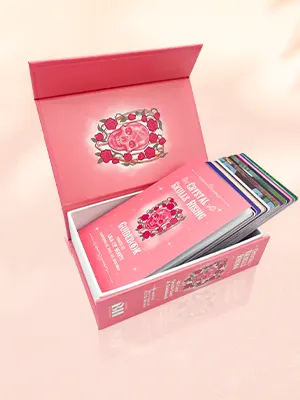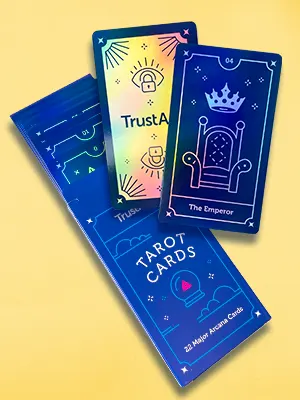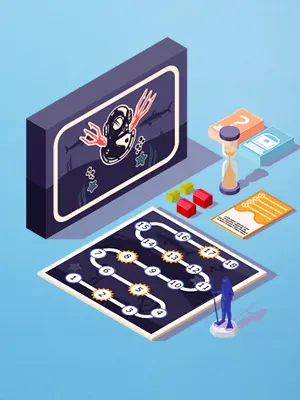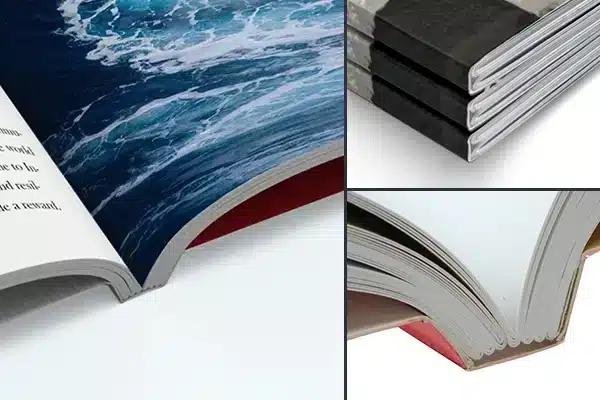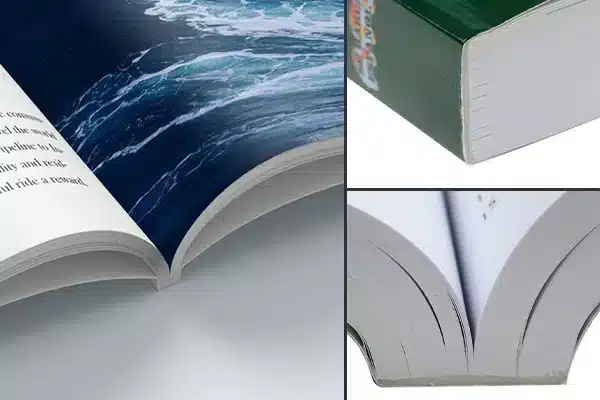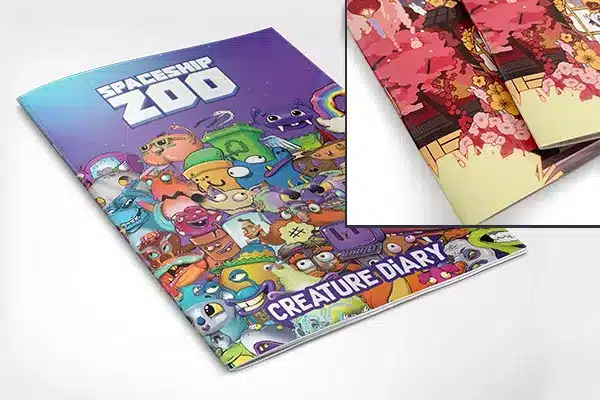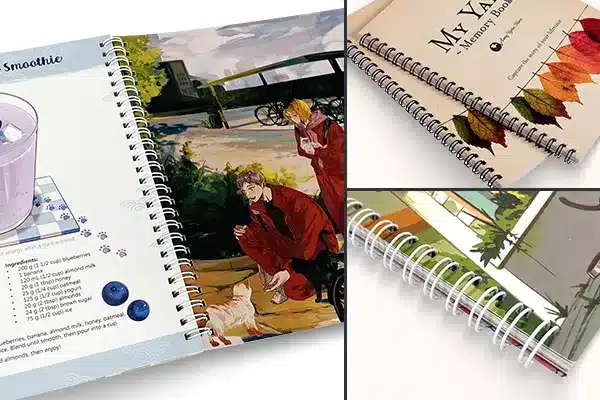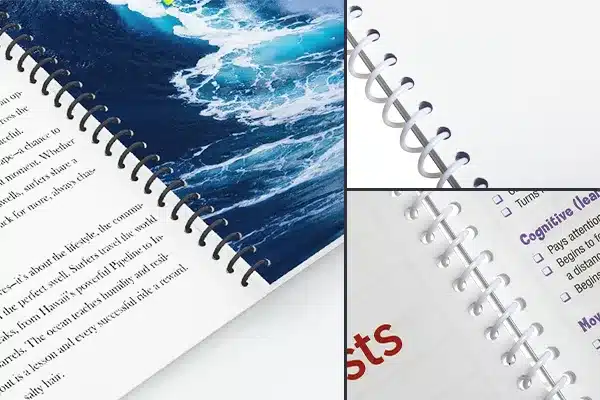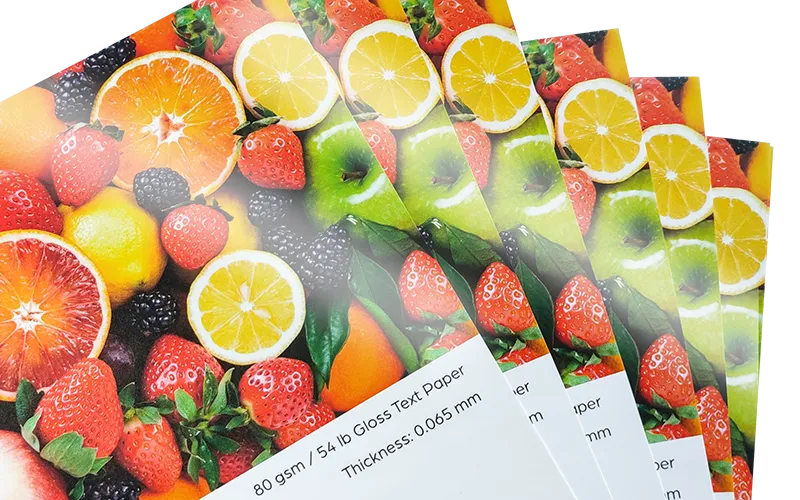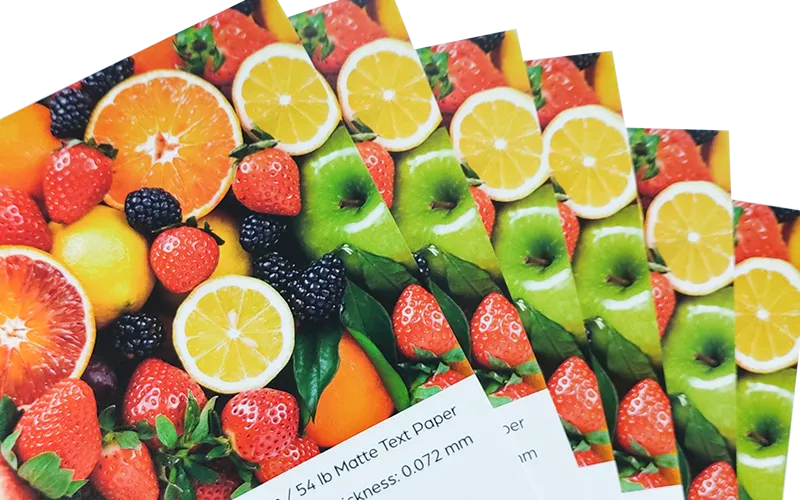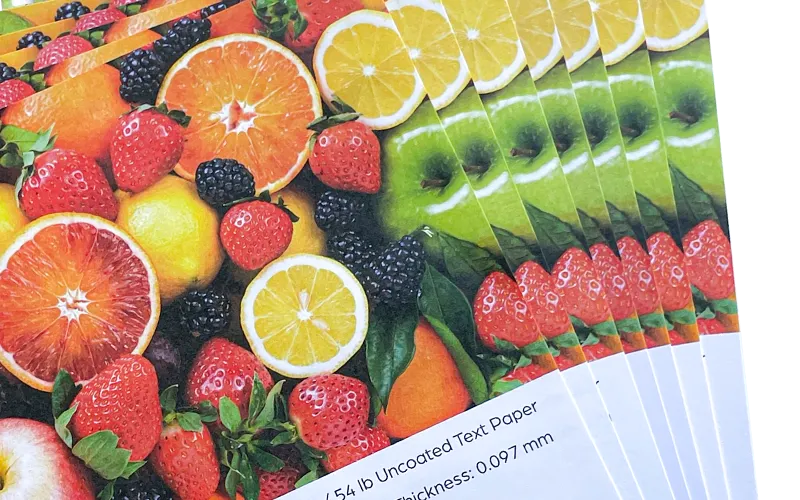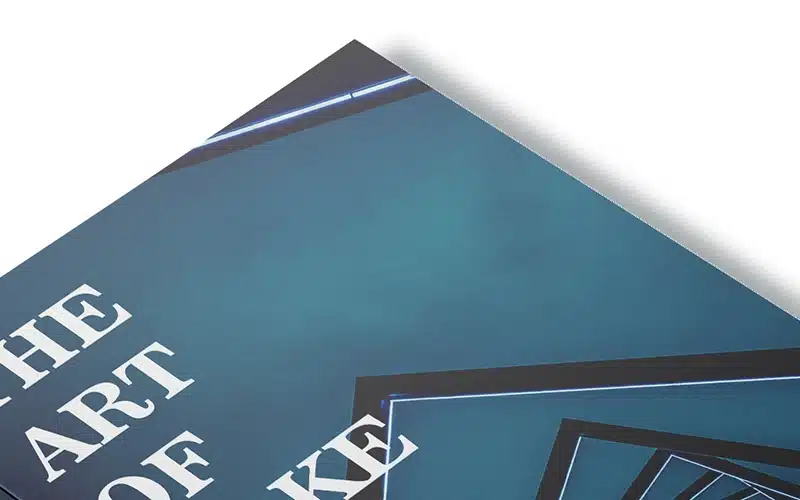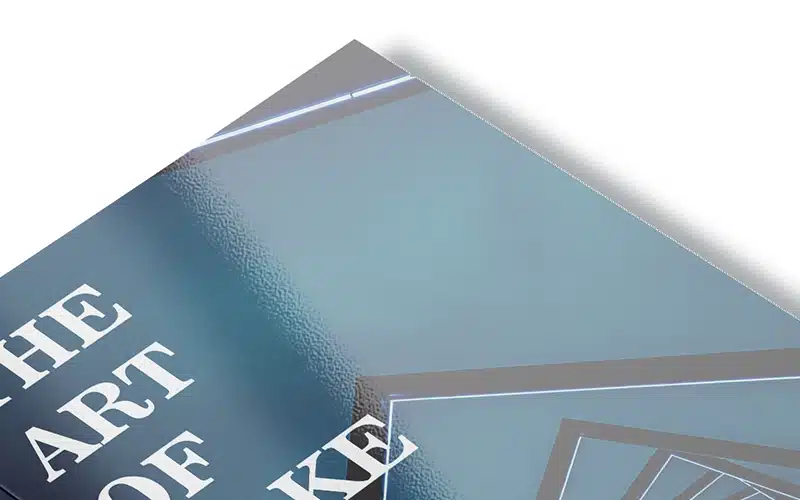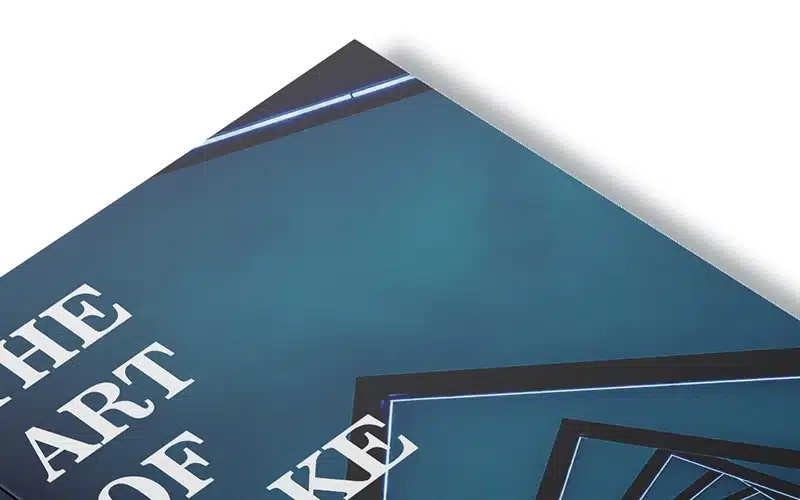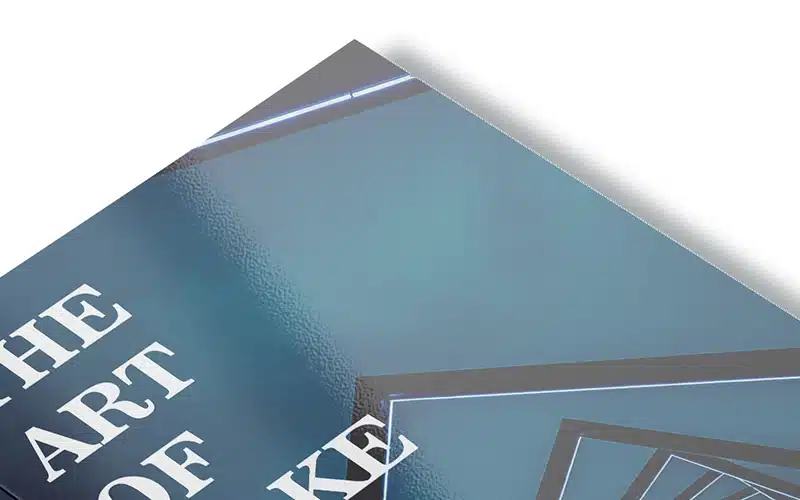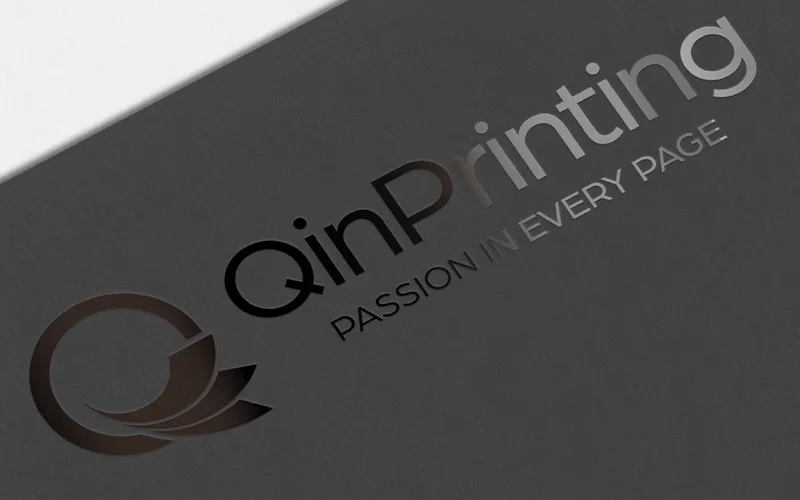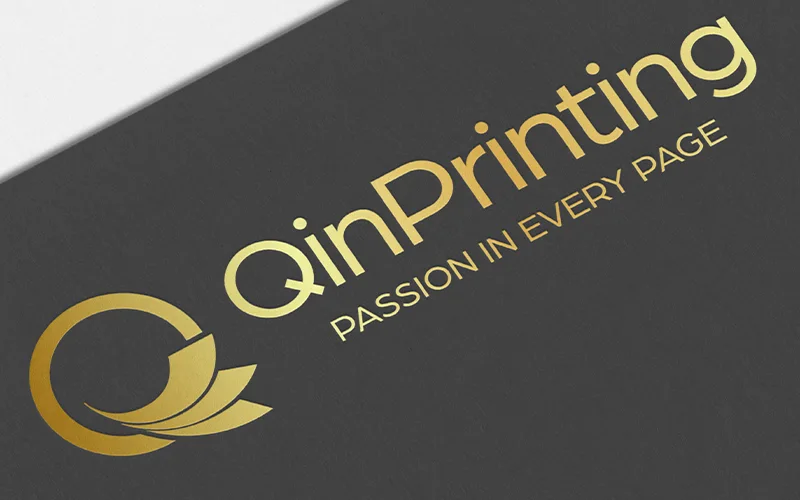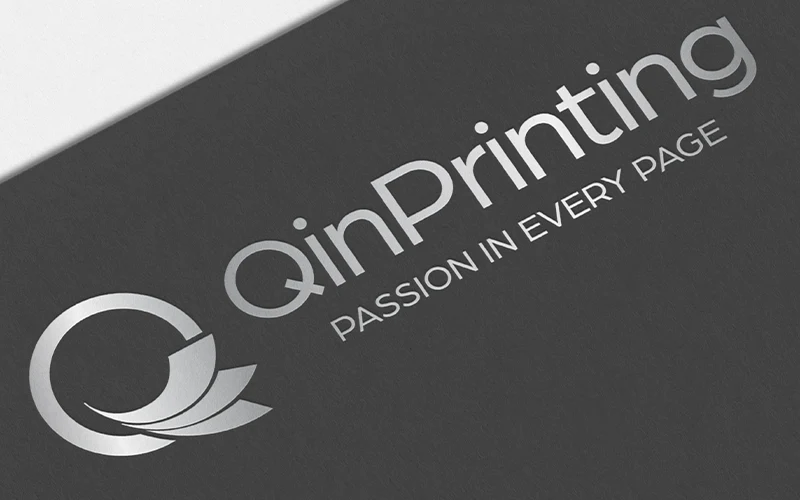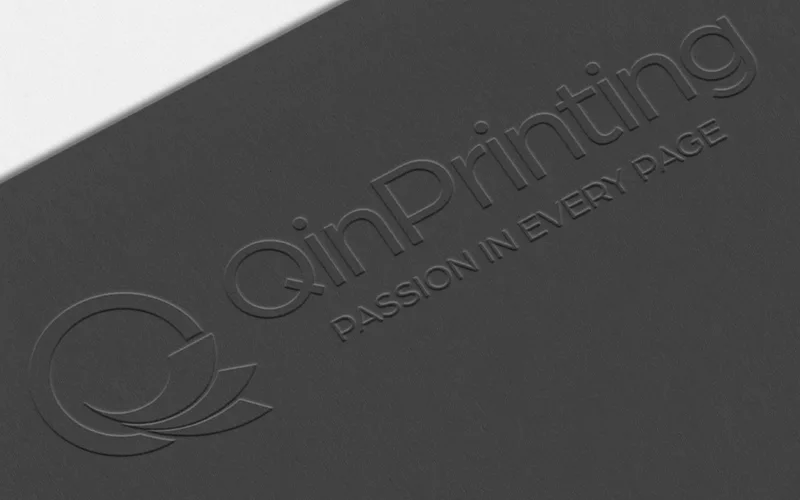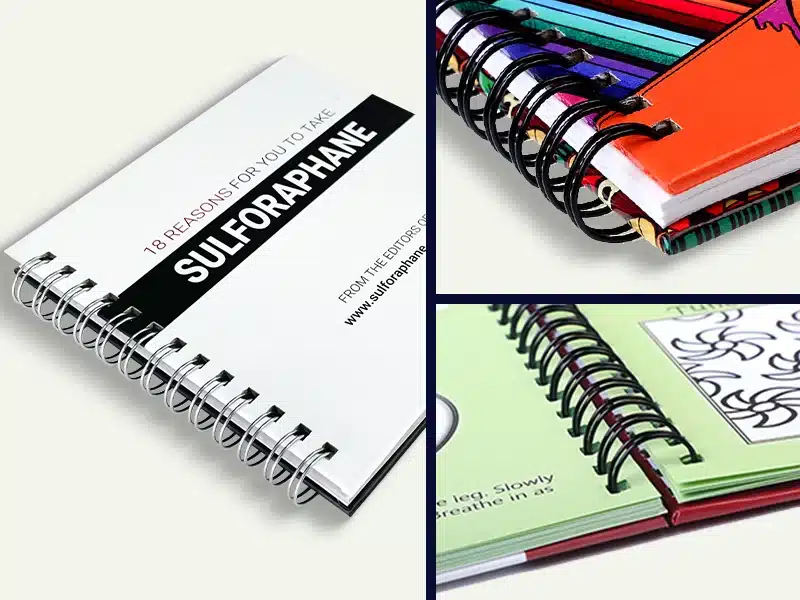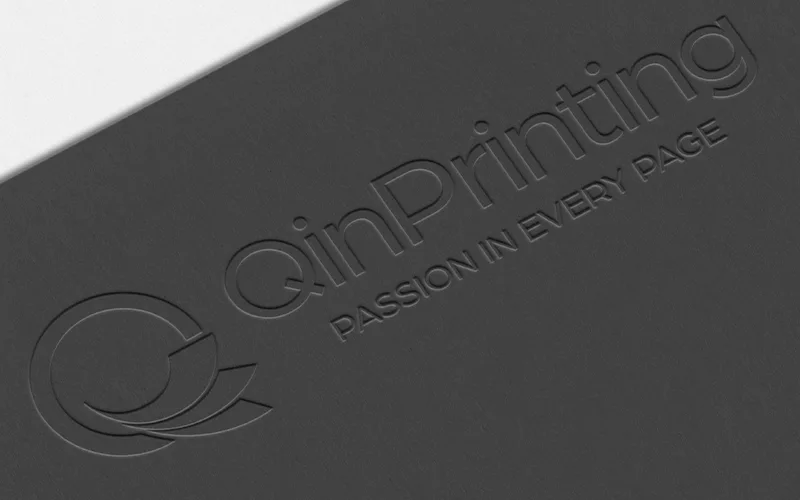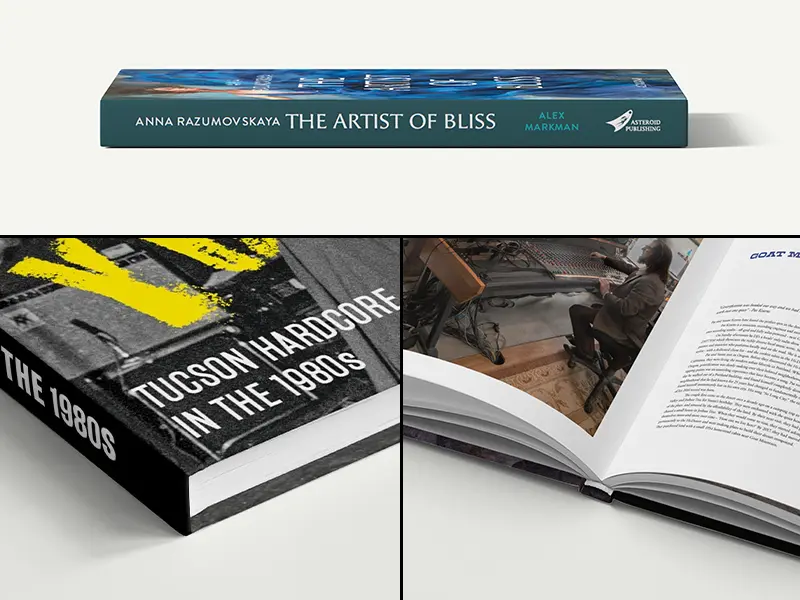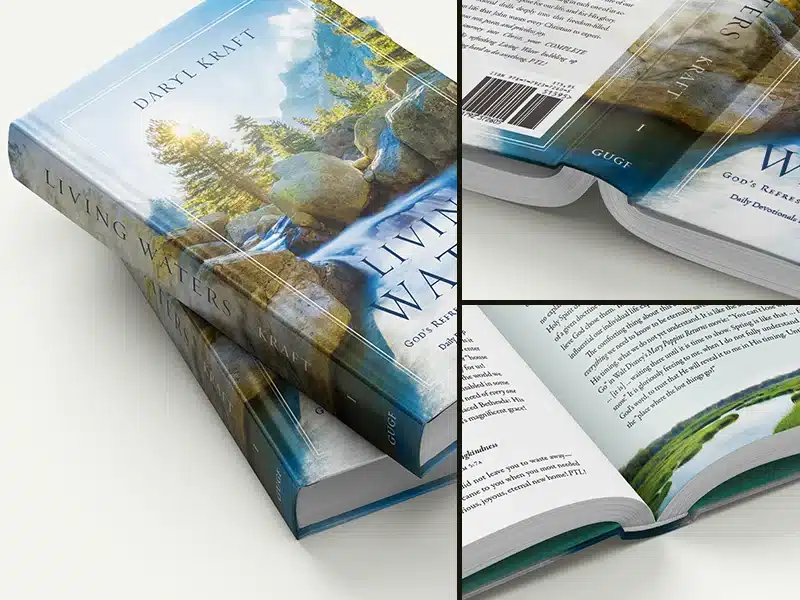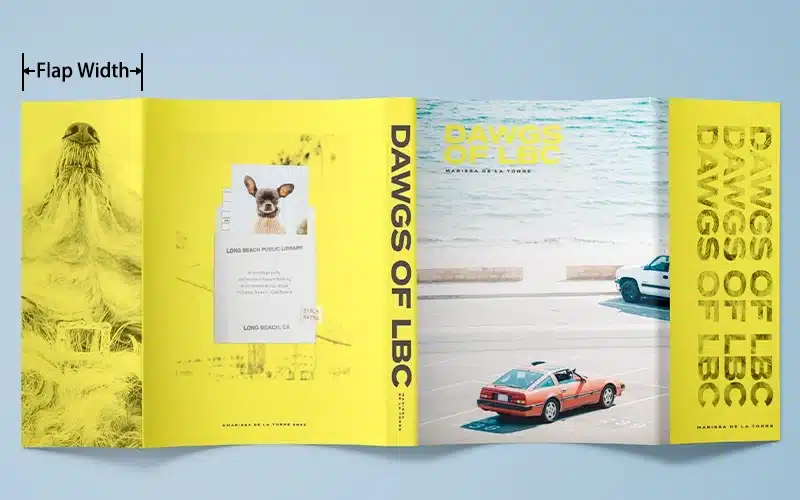Comic Book Printing
Bring your comics to the printed page exactly as you’ve imagined them, with custom comic book printing services designed specifically for independent creators, graphic novelists, and small to large scale publishers. At QinPrinting, we understand that your artwork tells a unique story—our job is to make sure every detail shines through beautifully on every page.
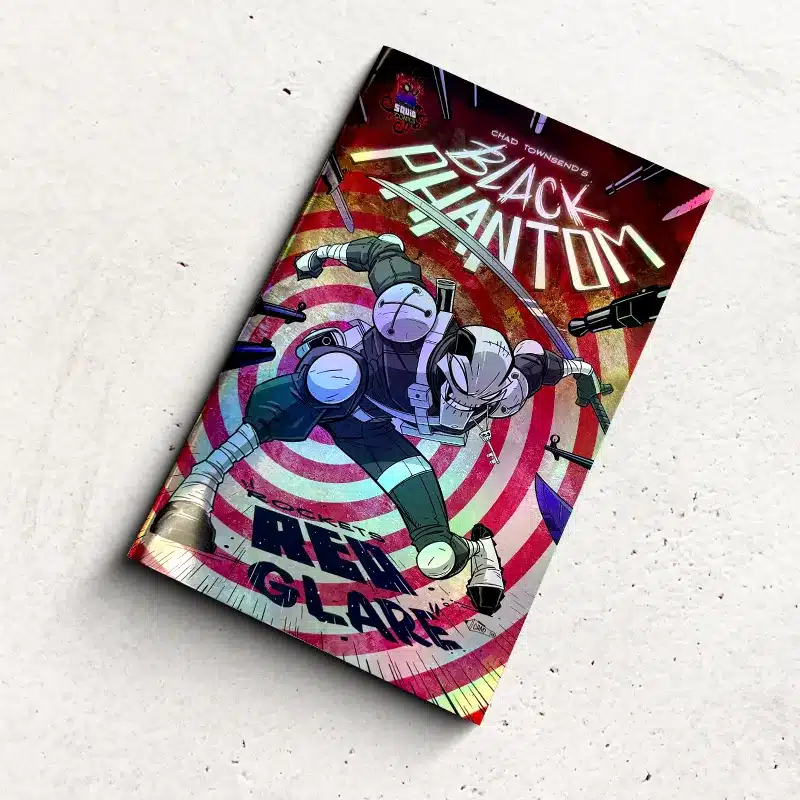
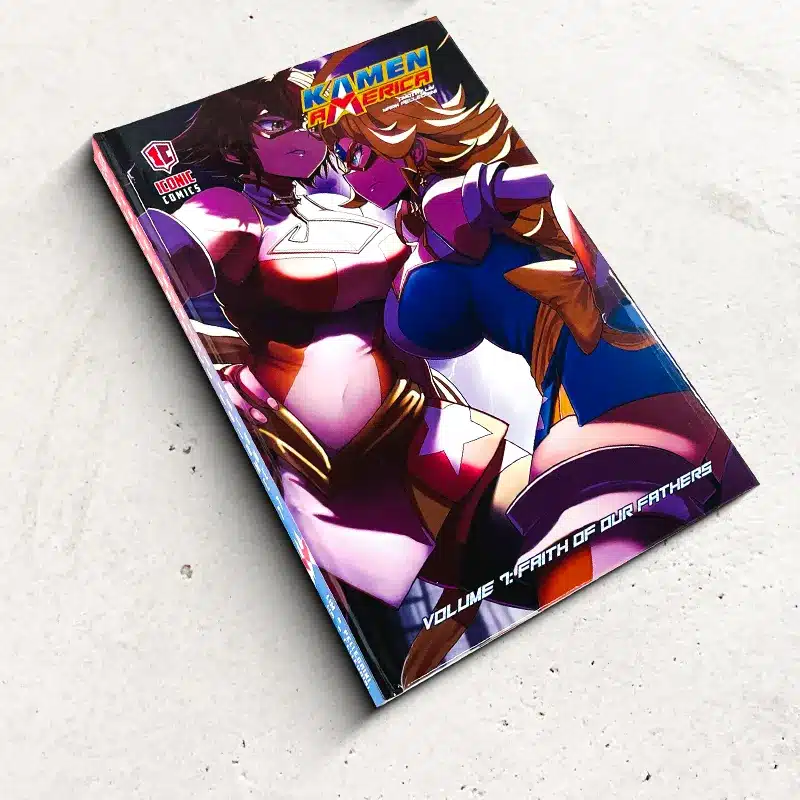
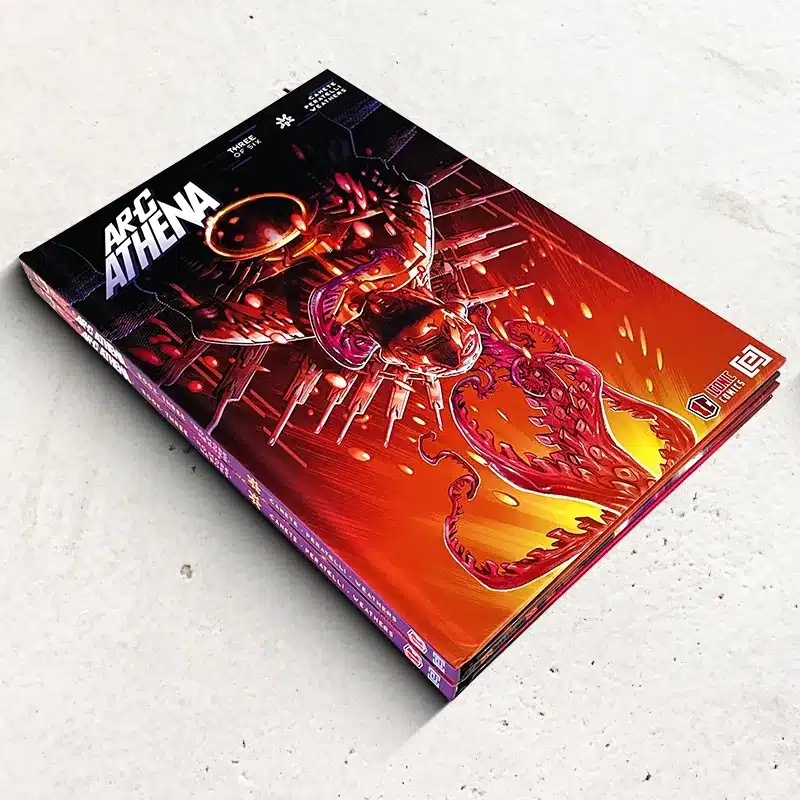
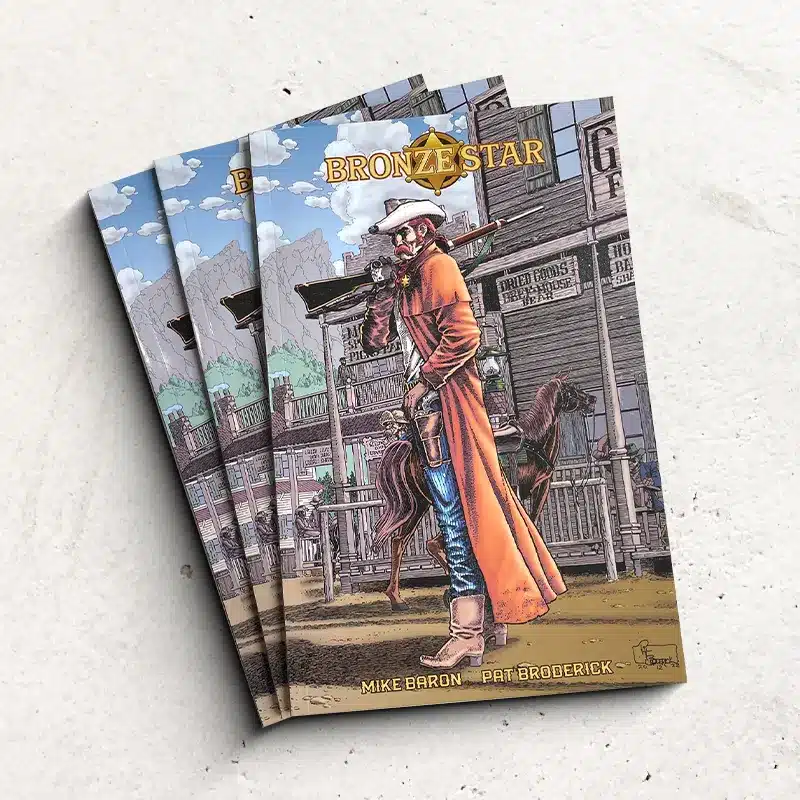
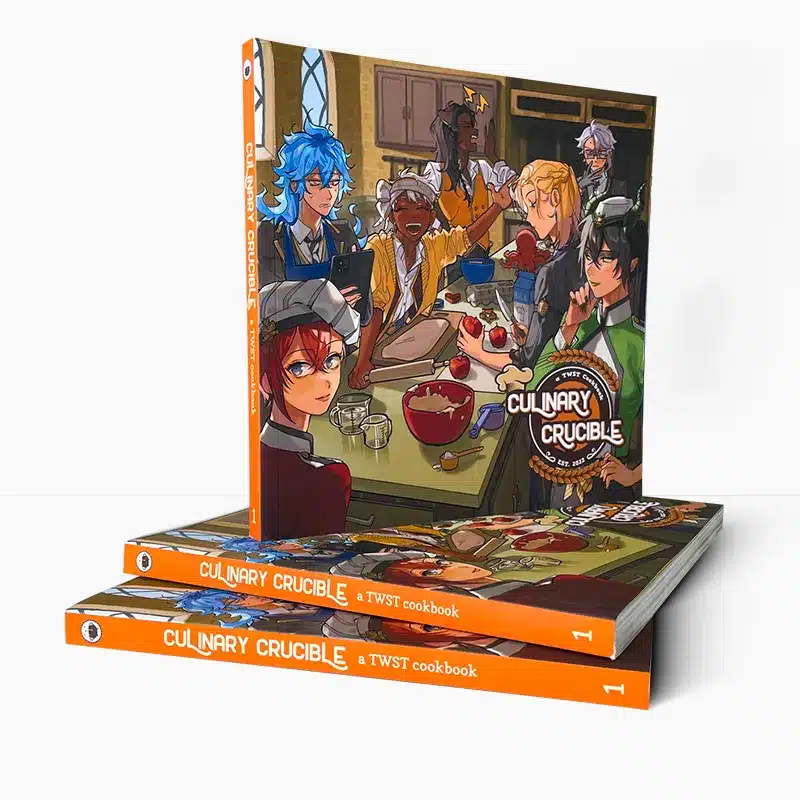
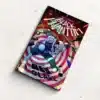
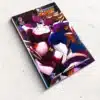
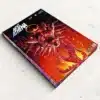
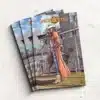
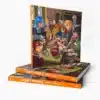

Custom Comic Book Instant Quote

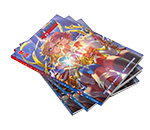
based on your choices
Affordable Comic Book Printing Online
Quality printing doesn’t need to break your budget. We offer affordable comic book printing online, combining competitive pricing with exceptional attention to detail. Whether you’re producing a small first run or a large-scale print, we’re committed to giving you premium results without inflated costs. Our clients typically save over 40% compared to other commercial printers, making professional-quality printing accessible even for budget-conscious projects.
Comic Book Printing Options to Fit Your Needs
At QinPrinting, we offer a range of comic book printing options to capture your creative ideas through perfect prints. From classic saddle-stitched issues and paperback collections to luxurious hardcovers, limited editions, and slipcase masterpieces, here’s a closer look at what we can do for you.
Hardcover Comic Book Printing
Hardcover comic books are a premium option. But they’re more affordable than you might expect when you print with us. We use Smyth-sewn binding for all hardcover comics, which means they open flat with no risk of damage to the spine or binding. And the hardcovers protect the interior from wear-and-tear, meaning your comics can become collector’s pieces that will still look great years from now. It’s an ideal option for collectors’ editions, special releases, and any project that calls for a high-end, durable finish.
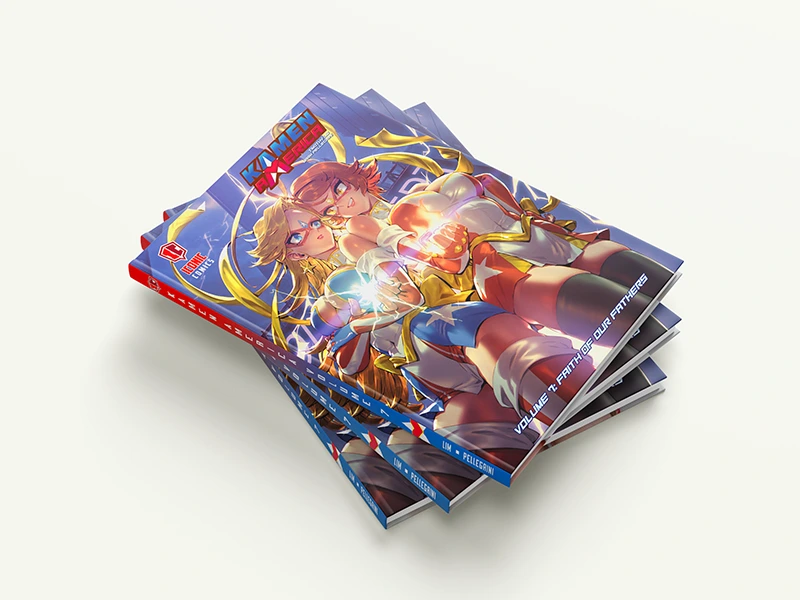
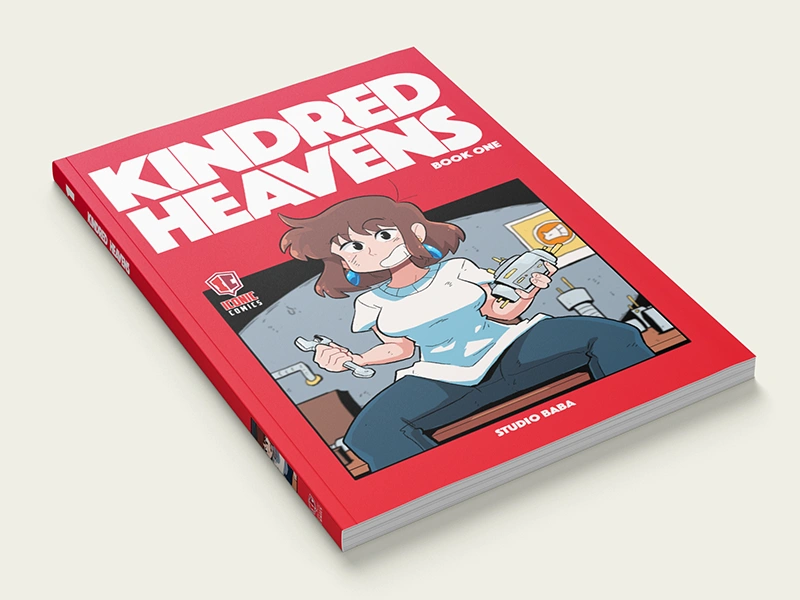
Paperback Comic Book Printing
Limited Edition Comic Book Printing
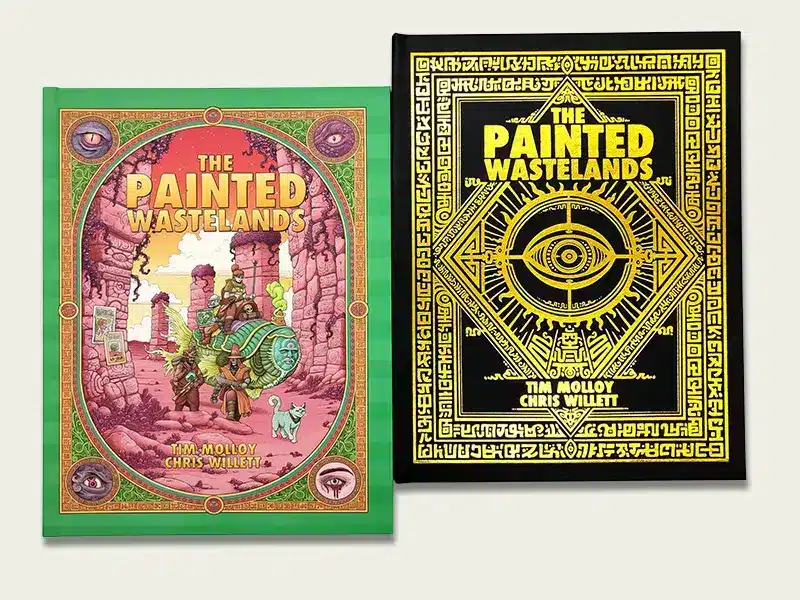
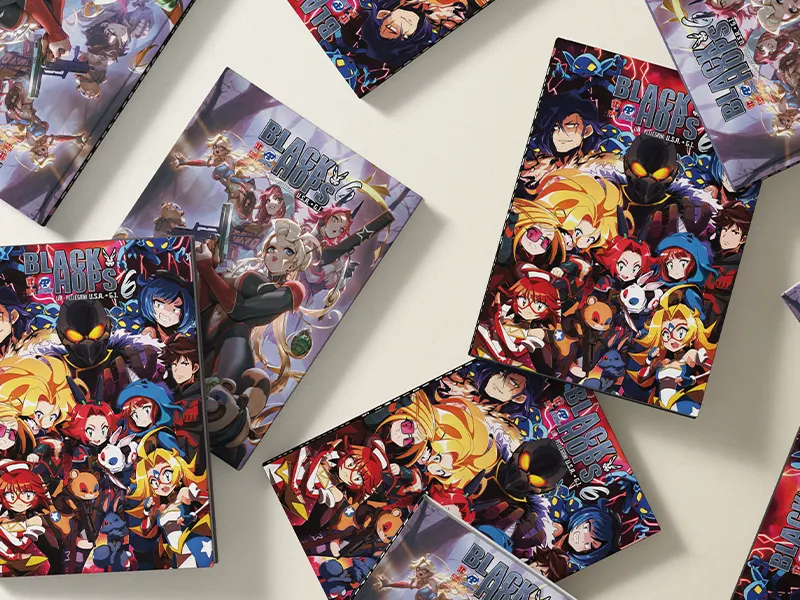
Printing Comic Books with Multiple Covers
Make each edition of your comic unique by printing multiple covers. Options range from covers that have different colored foil stamping and spot UV finishes to holographic treatments and more. Offering different cover designs is a great way to excite collectors, celebrate milestones, and pull in a wider readership.
Custom Comic Book with Slipcase
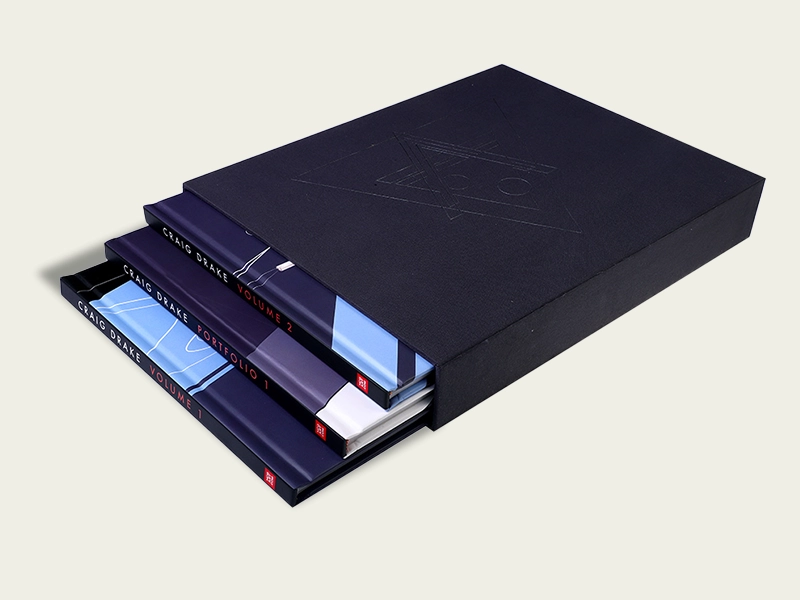
We’re always happy to discuss new formats or unusual specifications. If you don’t see what you’re looking for above, get in touch. Our team will be glad to help.
Standout Features for Comic Book Printing
Printing a unique comic book with the power to catch the eye has never been easier. Make your comic especially memorable with value-adding options like these.
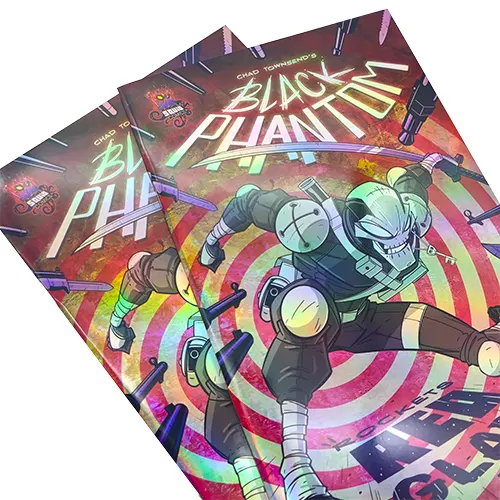
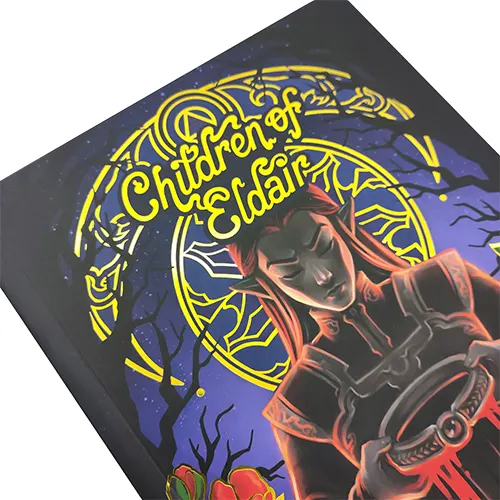
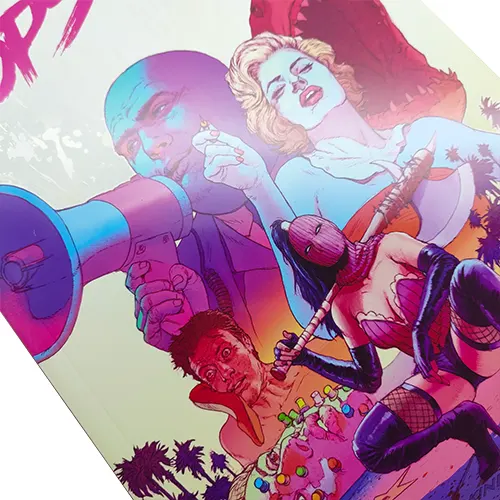
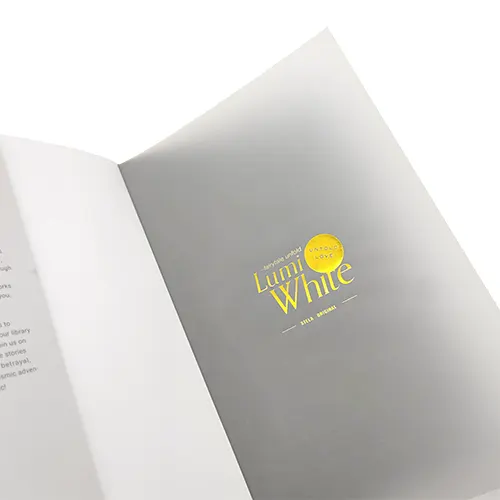
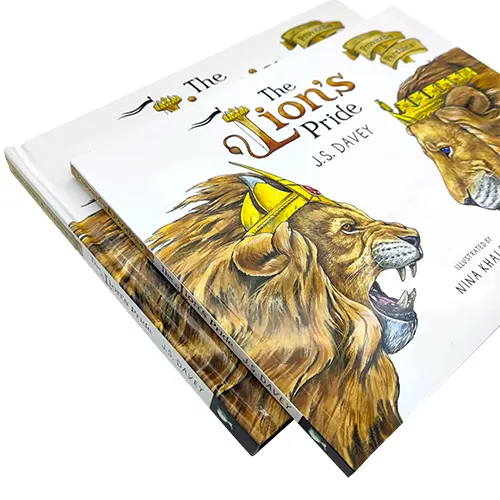
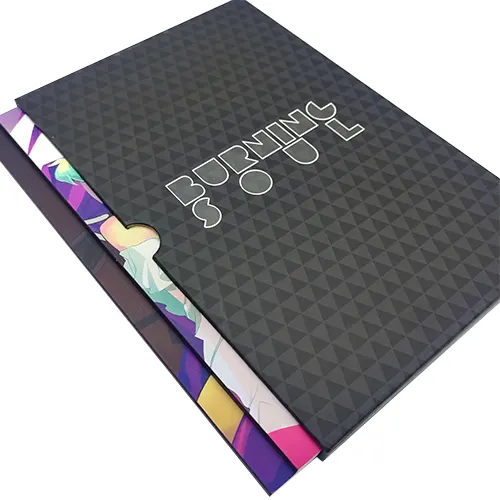
Comic Books Crowdfunding with QinPrinting
Unlike several other printing companies, we genuinely care about all our clients — not just the check! We want you to succeed. So, if you’re running a crowdfunding campaign, say on Kickstarter or another platform, talk to us first.
We’ll be happy to help you with comic book design templates, free artwork checking, and special discounts on a range of optimal printing solutions.
Some of Our Clients' Successful Comic Book Campaigns
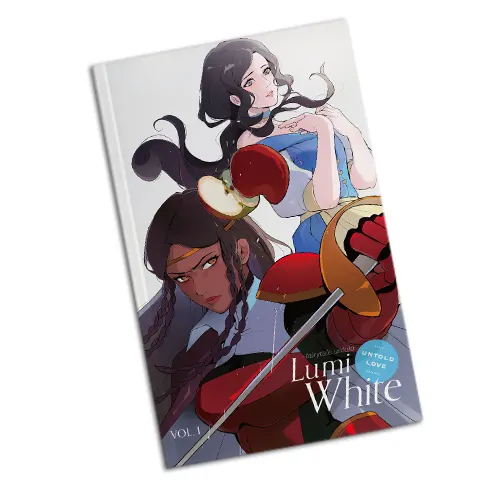
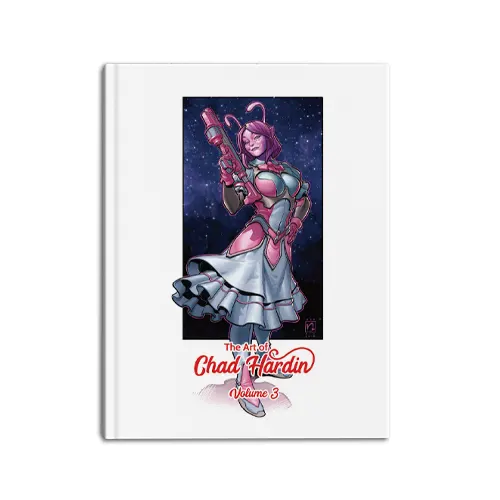
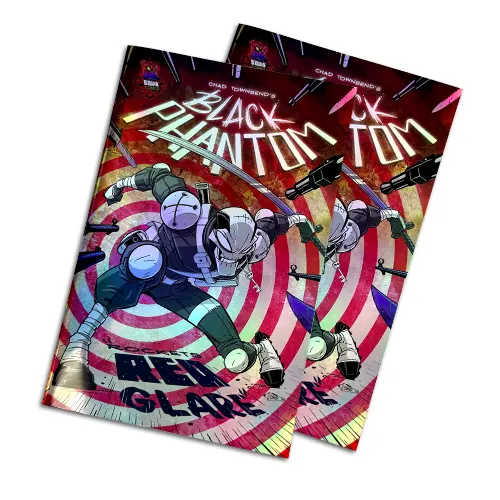
Why Choose QinPrinting for Your Comic Book Printing?
QinPrinting offers top-quality comic book printing with a focus on vibrant colors, sharp detail, durable materials, and personalized service. We specialize in printing custom comic books and graphic novels, and we understand the importance of capturing every detail in your artwork. Here’s why you should choose us for your next comic book project:

We use state-of-the-art technology and premium materials to ensure that your comic book looks its best with vivid colors and crisp images.

Whether you want a hardcover or softcover, we offer various finishes and sizes to suit your needs.

Our competitive pricing makes sure that you get top-notch quality without breaking the bank, especially for large print runs.

Our team helps you with file preparation, and we offer proofs and samples so that your comic book turns out just as you expect.

With our efficient production process, we deliver your comic books fast and efficiently.

We care about the environment, which is why we use sustainable printing practices wherever possible, including FSC-certified paper and soy-based biodegradable inks.
FAQs
What is the MOQ for comic books printing?
The minimum order quantity is 100 copies.
What is the standard production time for comic books?
- For hardcover comic books, the typical production time is around 3 weeks.
- For paperback books, it usually takes about 5 to 10 days.
Shipping times vary based on your location and shipping method.
What paper types and finishes are available for comic books?
For comic book printing, we offer several paper types and finishes to ensure the best quality for your artwork:
- Coated Paper: Gloss or matte finish coated paper is commonly used for comic books. Gloss paper enhances vibrant colors, while matte provides a more subdued, textured feel.
- Uncoated Paper: This option provides a more natural, rustic look, often chosen for indie or vintage-style comics.
We offer a range of finishes including gloss, matte, and soft-touch covers. You can also opt for foil stamping, embossing, gilded edge or debossing for added flair.
You can choose the finishes in our instant quote calculator.
What are the most common binding options for comic books?
Common binding options for comic books include:
- Saddle Stitching: This is the most common method for smaller comic books (16-32 pages). It involves folding the pages and stapling them along the spine.
- Perfect Binding: Ideal for longer comics (over 32 pages), this method glues the pages together with a square spine.
- Spiral Binding: A flexible option, spiral binding uses a coil to bind the comic, allowing it to lay flat when opened.
What are the standard sizes for comic books?
The most popular standard size is 6.625″ x 10.25″, widely used in the industry for its cost-effectiveness, quick production turnaround, and alignment with customer expectations.
At QinPrinting, we can print comic books in most of sizes you need.
| Popular Comic Book Sizes | |||
|---|---|---|---|
| 6.625″ x 10.25″ | 7″ x 10.375″ | 5″ x 7.5″ | 6″ x 9″ |
| 7.3″ x 11″ | 5.5″ x 8.5″ | 8″ x 10″ | 8.5″ x 11″ |
What papers are most commonly used for comic books?
Your paper choice significantly affects the look, durability, and cost of your comic book. Many comics opt for lightweight uncoated paper for black-and-white interiors, while coated paper is favored for vibrant, full-color pages. At QinPrinting, we offer a range of premium paper options to give your comic book a professional finish:
Interior Paper
- 105 gsm / 71 lb coated text paper
- 128 gsm / 86 lb coated text paper
- 157 gsm / 106 lb coated text paper
- 200 gsm / 135 lb coated text paper
- 80 gsm / 54 lb uncoated text paper
- 100 gsm / 68 lb uncoated text paper
- 120 gsm / 81 lb uncoated text paper
Guidelines Based on Book Size and Thickness
- Smaller Books: Thinner paper opens flat easily.
- Larger Books (8.5″ x 11″ or bigger): Thicker paper like 128 gsm (86 lb) or 157 gsm (106 lb) is ideal.
- Books Under 32 Pages: For perfect binding, use 200 gsm (135 lb) coated paper to ensure proper spine width.
Cover Paper Options
Paperback Cover Paper
- 200 gsm / 74 lb gloss cover paper
- 250 gsm / 92 lb gloss cover paper
- 300 gsm / 111 lb gloss cover paper
- 350 gsm / 129 lb gloss cover paper
- 200 gsm / 74 lb matte cover paper
- 250 gsm / 92 lb matte cover paper
- 300 gsm / 111 lb matte cover paper
Hardcover Paper
- 157 gsm / 58 lb coated cover paper wrapped on 2 mm grey board
- 157 gsm / 58 lb coated cover paper wrapped on 2.5 mm grey board
- 157 gsm / 58 lb coated cover paper wrapped on 3 mm grey board
- Other paper wrapped on grey board
How much does it cost to print a comic?
As an offset printing company, you can get custom comic book printing prices based on its size, page count, and quantity using our instant calculator. To help you get a comic book printing price easily and faster, we list the standard (6.625″ x 10.75″) perfect-bound comic book printing prices below.
| Quantity | 200pcs | 500pcs | 1000pcs | 2000pcs | 5000pcs |
|---|---|---|---|---|---|
| 32pp + 4pp | $1.93 each $385 total | $0.90 each $451 total | $0.55 each $548 total | $0.40 each $802 total | $0.33 each $1671 total |
| 64pp + 4pp | $3.12 each $623 total | $1.47 each $736 total | $0.93 each $926 total | $0.69 each $1380 total | $0.57 each $2851 total |
| 100pp + 4pp | $4.60 each $920 total | $2.19 each $1093 total | $1.39 each $1393 total | $1.03 each $2068 total | $0.86 each $4276 total |
- This price is EXW price without shipping cost;
- Cover paper: 250 gsm /92 lb gloss art paper;
- Inner paper: 128 gsm / 86 lb gloss art paper.
For a more detailed quote, try our easy and convenient online Printing Cost Calculator.
How can I prepare my comic's book files for printing?
To ensure the best print quality for your comic book, please submit your files in the following format:
- High-resolution PDF (300dpi) for sharp, clear images.
- 3mm bleed on all sides of the design to prevent cutting errors.
- Embedded fonts to avoid text issues.
If you need assistance with file preparation, feel free to contact us!
Do you provide a document checking services?
Yes, we offer a free manual document-checking service to ensure your files are print-ready. Our team will review the document layout, bleed, resolution, and other technical details, allowing you to correct any issues before production begins.
Do you offer paper and printing proofs?
Yes, we provide both digital and physical proofs. Digital proofs help you review the layout on screen, while physical proofs allow you to check the material, color, and finish before mass printing. Visit our Proof Support Page or contact our team for help.
Proofing and File Checks
Our team checks every file manually before printing. We review dimensions, bleed, resolution, color settings, and other technical details. If we find any issues, we’ll let you know and help you resolve them before production.
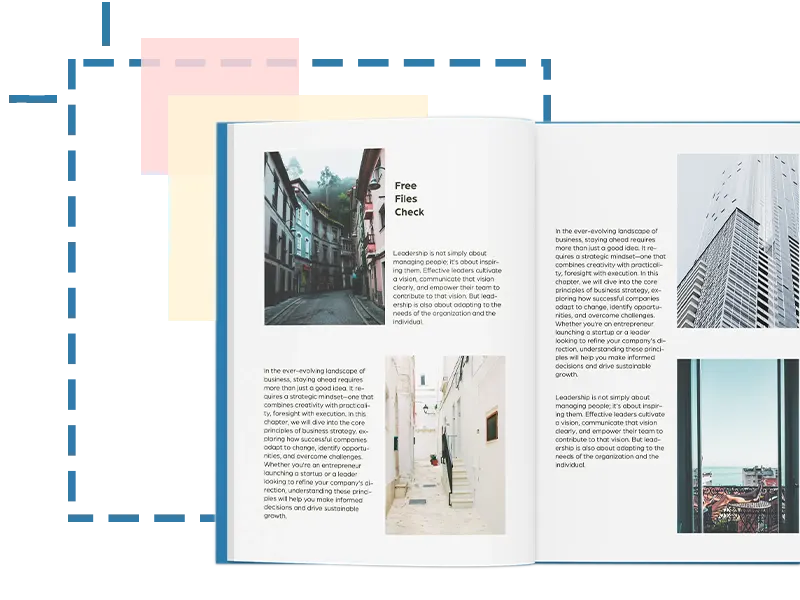
Printing File Requirements
It’s important to understand how to prepare digital files for printing. Here are a few useful tips to help you prepare yours.
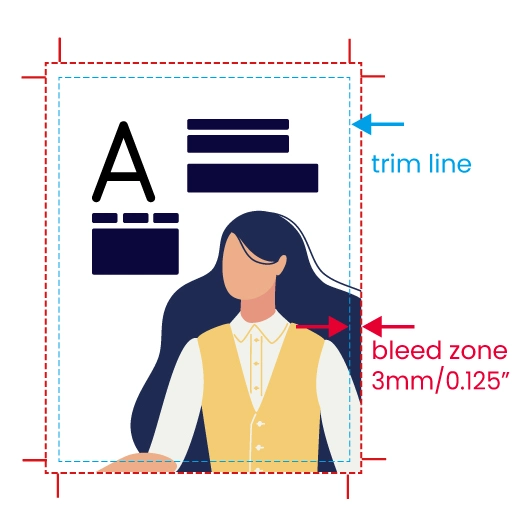
Add a 0.125" bleed to all pages
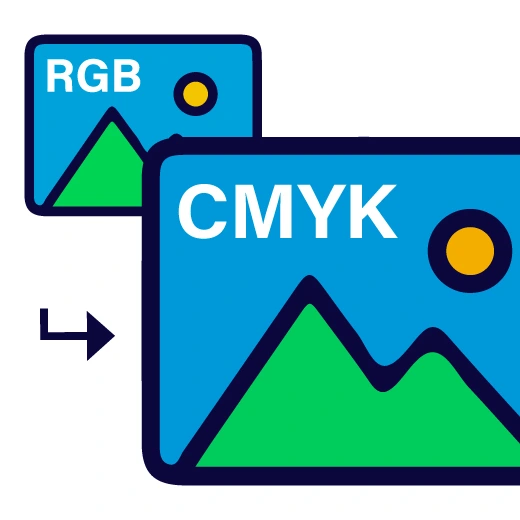
Convert color from RGB to CMYK
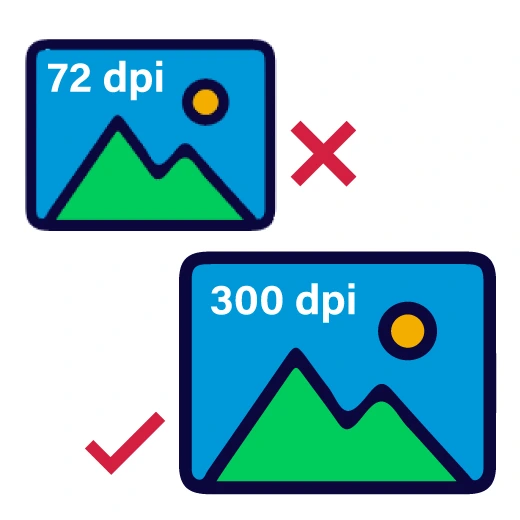
Use 300 DPI resolution
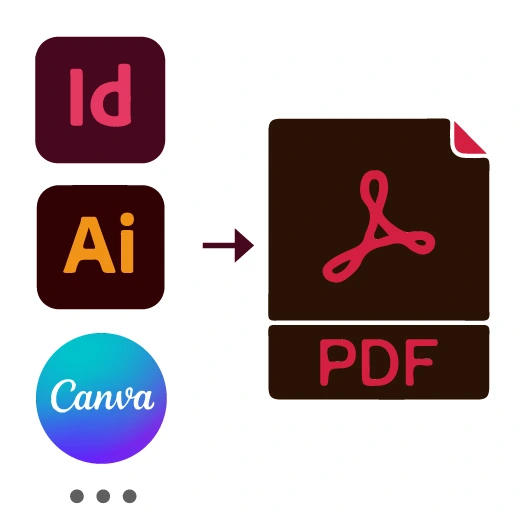
Export files in PDF format
To learn more, see our File Checking Guidelines or get in touch directly. We offer an expert file-checking service, free to all our customers.
QinPrinting Reviews
Whenever I have a creative idea, their team goes above and beyond to help bring it to life. I’ve printed four comic books with them, and each time, they’ve exceeded my expectations. If you’re considering a printer, take a chance on these friendly, reliable folks—they truly value your business. - Chad Townsend, Creator of The Black Phantom.
But working with Nelson was an absolute pleasure. He patiently addressed all my concerns, and my final printed book was just as I would hope it would be.
The sample kit they have available is a must-order for your project. It has every type of paper and finish with a bunch of sample products they've worked on, which helped me make an informed decision about how I wanted my game to look and feel.
The final product(s) arrived within their estimated window and in excellent condition. It still feels surreal to hold it in my hands, and it feels like a legitimate game—because it is!! All thanks to this incredibly talented and professional team.
I feel relieved to have a trusted manufacturer to continue printing my products as sales come in. They're truly worth every penny. Thank you, QinPrinting!!!
I went with Qin Printing as I had specific printing requests that could not be met by many Australian printing service providers, especially not at a competitive price point.
The quality and finishing of the conversation cards is outstanding and the entire process was seamless from start to end. The team at Qin Printing were prompt to reply to my questions and queries and also very helpful with troubleshooting.
I got regular updates on the status of the printing job and shipping period, including pictures and videos of the product.
Thank you everyone at Qin Printing!
Let's Talk!
If you’re an indie author or a small press wanting to print a comic book — and only the finest product and unbeatable customer service will do — we should talk. Get in touch today to chat through your needs or to ask for a no-obligation quote. We can’t wait to help you make your next comic the best!

